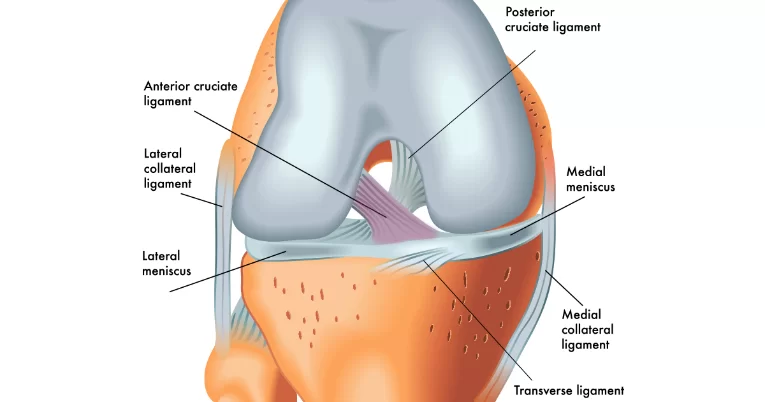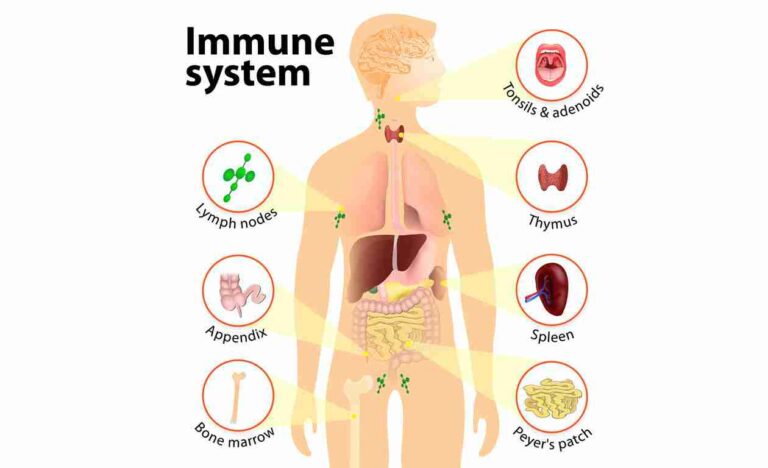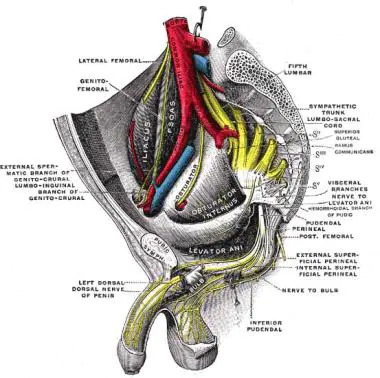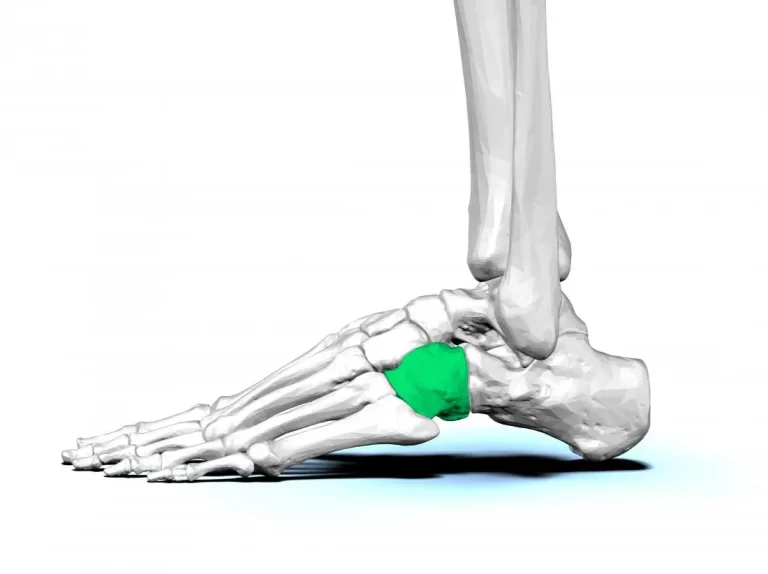Spleen
Table of Contents
Introduction
The spleen is a vital organ located in the upper left side of the abdomen, just below the rib cage. It plays an important role in the immune system and blood filtration. The spleen is responsible for filtering old or damaged red blood cells, recycling iron, and storing platelets. By generating white blood cells and antibodies, it also aids in the fight against infections. Though not essential for survival, its functions are important for maintaining a healthy immune response and overall blood health.
It is an intraperitoneal organ that is positioned posteriorly and laterally to the stomach according to the left upper quadrant of the abdomen. Anatomically, the spleen can be found on the left side of the body, amid the 9 & 11 ribs.
Cellular Level
The two principal parts of the spleen are the red and white paper pulp. The white pulp consists mainly of up of white blood cells that are significant in the onset of the adaptive immune response. It is formed out of lymphatic tissue that borders a central arteriole. B-cells are found in the germinal center, the darkest region of the white pulp, although T-cells are distributed in the peripheral zone that covers it.
Under a magnified lens, the structure’s remarkable reddish appearance is caused by a significant amount of venous sinuses and splenic cords, or Cords of Billroth. The reticulin and fibrils released by the splenic cords provide the organ structure. Furthermore, an inventory of monocytes that aid in wound healing is present in the cords. The splenic cords lead to the splenic sinuses, which are the residues of macrophages that react to antigens and remove aged or dysfunctional erythrocytes from the bloodstream.
Structure
The spleen is situated behind the left lobes of the diaphragm and has a smooth, convex surface the fact that approaches it. The ninth, tenth, and eleventh ribs are beyond it. A ridge differentiates the anterior gastric portion and the posterior renal portion of the spleen on its other side.
The broad, concave gastric surface reaches the posterior wall of the stomach as it rolls upwards, towards the sky, and regarding the middle. Following this, it begins to communicate with the pancreatic tail. It relates to the upper portion of the anterior surface of the left kidney and is somewhat flattened. It is also somewhat narrower than the gastric surface.
Function
Hemoglobin generated in utero occurs mostly in the spleen from the tenth and the twenty-fifth week of pregnancy. Following birth, the spleen’s primary function is switched to one of the following key roles:
- Filtration
- Iron metabolism
- Prevention of infection
- Red blood cell and platelet storage
Via splenic cords in the red pulp, platelets, and erythrocytes are collected. Young, flexible red blood cells go via blood flow after passing through the splenic cords’ epithelial cells. On the flip side, larger, older, and defective red blood cells are gathered up by the splenic cords and phagocytosed by macrophages that are waiting on the sinus endothelium and reticulum. The two main methods that avoid infections are the synthesis of opsonizing antibodies and phagocytic filtration of the blood.
As mentioned earlier, macrophages determine the way germs, platelets, and red blood cells enter and exit within the spleen cords. Additionally, infectious antigens and blood-borne pathogens are supplied by antigen-presenting cells in the white pulp follicle. Opsonizing antibodies are ultimately generated as a result of this process, which also starts the activation of T- and B-cells. Afterward, opsonization neutrophils, cells known as dendritic cells, and lymphocytes destroy the antigen.
To eliminate specific microorganisms such as intra-erythrocytic parasites and encapsulated bacteria, opsonization is necessary. The largest secondary lymphoid organ in an adult human being is the spleen.
Blood supply
The hilum, an extensive fissure the fact that wraps around the splenic center, is where the gastrosplenic ligament originates. It is also where the splenic artery and splenic vein insert. These include additional holes for nerves and lymphatic vessels. The nearby short gastric arteries present collateral blood supply in addition to the splenic artery. The spleen exclusively has efferent lymphatic routes, just like the thymus. The lymphatic system comprises the spleen.
Nerve supply
The splenic plexus connects the vagus nerve to a branch of the celiac ganglia and controls the spleen.
The subfornical organ and the brainstem, in particular, appear to be associated with the underlying central neural systems that influence the function of the spleen.
Clinical Significance
Enlarged spleen
Splenomegaly is a term for splenic enlargement. Sarcoidosis, malaria, bacterial endocarditis, leukemia, polycythemia vera, pernicious anemia, disease Gaucher, leishmaniasis, Hodgkin’s, Banti’s, hereditary spherocytosis, cysts, glandular fever (including “Mono” or mononucleosis caused by the Epstein-Barr virus and infection from cytomegalovirus), and tumors comprise a few of the prospective causes of this condition. Histomatous sarcomas and hemangiomas are examples of primary splenic tumors. If there is important spleen swelling the spleen may be heavily congested on the left side of the abdomen.
Antigenic stimulation, such as infection, blood flow obstruction, such as portal vein obstruction, underlying functional defects, such as hemolytic anemia, or infiltration, such as leukemia or storage diseases, such as Gaucher’s disease, can all lead to splenomegaly. Viral infection is the most popular cause of acute splenomegaly in children; this condition is usually mild and transitory.
To filter out hemolytic anemia and leukemia, a basic work-up for acute splenomegaly comprises a complete blood count with differential, platelet count, and reticulocyte and atypical lymphocyte counts. Identification of Epstein-Barr virus or CMV is indicated by evaluation of IgM antibodies to viral capsid antigen (an increasing titer). When these tests check out negative, other infections should be excluded.
Trauma
The spleen is one of the organs that is typically destroyed in significant abdominal trauma. Although penetrating trauma may result in destruction, this is more rare. The major goals of treating a trauma patient are resuscitation and immediate recognition of serious injuries per the advanced trauma life support (ATLS) protocol, just like with other traumatic injuries. A FAST assessment typically happens early in the evaluation of a trauma patient, sometimes combined with a comprehensive physical exam and fluid resuscitation. A high degree of suspicion is required since intraparenchymal injuries might be missed by the FAST exam.
Infarction
A disorder identified as splenic infarction arises when the spleen’s blood supply is disrupted, which can result in partial or total infarction—the organ’s tissue is killed from a lack of oxygen.
When the splenic artery or one of its branches becomes jammed, as could happen with a blood clot, splenic infarction results. The most common symptom is acute discomfort in the left upper quadrant of the abdomen, which can occasionally radiate to the left shoulder, though it can also occur asymptomatic. In particular scenarios, chills and fever occur. It needs to be different from other causes of sudden abdominal pain.
FAQs
What is the significance of the spleen?
The spleen diffuses the blood intending to help get rid of pathogenic organisms and inefficient or deteriorating red blood cells. It also develops white blood cells, or lymphocytes, and stores red blood cells.
Why do spleen difficulties come along?
Among the frequent causes include infections. The spleen’s immune system is affected by bacteria-related conditions like tuberculosis and endocarditis, parasite infections like malaria and toxoplasmosis, and viral infections like HIV and mononucleosis. They might cause hyperplasia or an excess of immune cells and antibodies.
Why is a spleen required for humans?
It regulates the blood cell count. The spleen balances the quantity of platelets, red blood cells, and white blood cells—the small organisms that create blood clots. It purifies the blood, eliminating any oxidative or destroyed red blood cells. A disordered spleen may cause it to begin the removal of healthy blood cells.
What is the spleen blood test?
When trying to confirm the diagnosis of an enlarged spleen, your doctor could suggest additional tests: Blood tests, such as a complete blood count, are used to assess the quantities of platelets, white blood cells, and red blood cells in the organism as well as the function of the liver.
What indicators of splenic injury are the cause?
I suffer from upper left abdominal pain.
resistance to touch in the upper left stomach.
Pain in the lower left shoulder.
Feeling light-headed, dizzy, or confusion. or confusion.
References
- Kapila, V., Wehrle, C. J., & Tuma, F. (2023, May 1). Physiology, spleen. StatPearls – NCBI Bookshelf. https://www.ncbi.nlm.nih.gov/books/NBK537307/
- Spleen. (2024, September 25). In Wikipedia. https://en.wikipedia.org/wiki/Spleen
- Professional, C. C. M. (2024b, May 1). Spleen. Cleveland Clinic. https://my.clevelandclinic.org/health/body/21567-spleen
- Stuart, A. (2024, March 5). Enlarged spleen: causes, symptoms, and treatments. WebMD. https://www.webmd.com/digestive-disorders/enlarged-spleen-causes-symptoms-and-treatments






